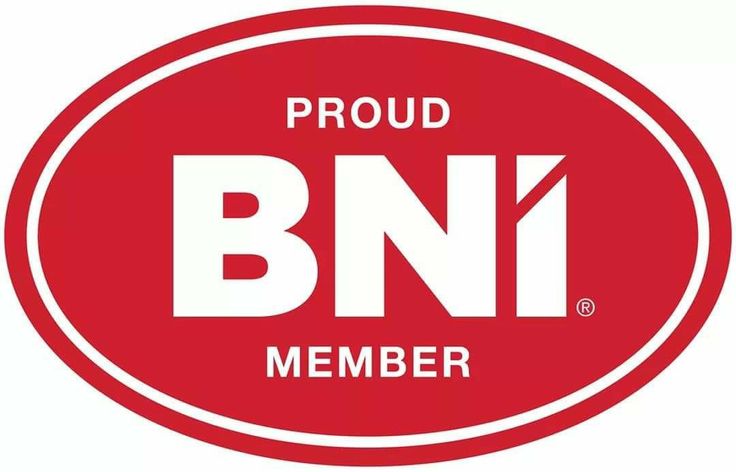Homa vs Havan vs Yagna: Understanding the Difference Between Fire Rituals
In Hindu rituals, fire plays a significant and sacred role. It is considered a divine medium through which prayers are offered to the gods. The practice of fire rituals is a deep-rooted tradition, and terms like Homa, Havan, and Yagna are frequently used interchangeably, although they each have distinct meanings and purposes.
In this blog, we’ll explore the differences between Homa, Havan, and Yagna, their significance, and how these rituals are performed. Let’s dive into this spiritual practice that has been followed for thousands of years.
By Team BookMyPooja
What is a Fire Ritual?
In Hinduism, fire is considered a purifier, an element that connects the material world to the spiritual realm. The fire ritual is an offering made to the gods, often performed using sacred fire in a Yagna Kund (a ritualistic fire pit). Offerings like ghee, fruits, herbs, and sacred grains are made to the fire while chanting specific mantras to invoke divine blessings.
While all three rituals (Homa, Havan, and Yagna) are fire-based, the terms differ in their purpose, scale, and the manner in which they are performed.
1. What is Homa?
Definition
Homa refers to a fire ritual in which offerings, generally ghee, wood, herbs, and other sacred substances, are placed in the fire while chanting specific mantras.
Purpose
The main aim of Homa is to invoke the blessings of a particular deity or divine force. It is often performed for personal reasons like health, prosperity, protection, or to remove obstacles.
Characteristics of Homa
- Simple Ritual: Homa rituals are typically smaller in scale compared to Yagnas.
- Offerings: These are typically limited to a few essential items like ghee, grains, and herbs.
- Time Frame: Homas can be performed in a short time (typically lasting between 30 minutes to 1 hour).
- Occasions: It is usually performed on occasions like birthdays, anniversaries, or any time a person seeks blessings for a specific purpose.
Famous Types of Homa
- Navagraha Homa – To appease the nine planets
- Sudarshan Homa – To remove obstacles and protect against evil forces
2. What is Havan?
Definition
Havan is similar to Homa but typically refers to a larger fire ritual. It involves offering more elaborate ghee, wood, and herbs to the fire while chanting prayers, particularly Vedic mantras, to invoke blessings and purify the environment.
Purpose
Havan is primarily performed to purify the surroundings and the minds of the participants. It is believed to invite positive energy, remove negative influences, and maintain harmony within the family or community.
Characteristics of Havan
- Larger in Scale: Havan involves a larger fire and more elaborate offerings than Homa.
- Duration: The ritual can last anywhere from 1 to 2 hours, depending on the complexity of the ceremony.
- Multiple Participants: Often involves a larger group of participants, especially in community settings like during festivals or temple events.
- Occasions: Commonly performed during housewarming ceremonies, weddings, festivals, or whenever there is a need to purify a space or seek blessings for prosperity.
Famous Types of Havan
- Lakshmi Havan – To invoke Goddess Lakshmi for wealth and prosperity
- Rudra Havan – To seek blessings from Lord Shiva for peace and health
3. What is Yagna?
Definition
Yagna, sometimes referred to as Yajna, is a grand fire sacrifice that is often performed to invoke the blessings of several deities, usually for greater collective welfare or the well-being of the community. It is the most elaborate of the three fire rituals.
Purpose
Yagna is performed to maintain cosmic order (Rita) and ensure the welfare of humanity. In Vedic times, Yajnas were often performed by kings or priests for the benefit of the kingdom and the entire society. It can be performed for the collective peace and prosperity of an entire region.
Characteristics of Yagna
- Complex Ritual: Yagna involves a very detailed and intricate series of steps, including recitation of Vedic hymns, Sanskrit mantras, and specific offerings made at different stages.
- Duration: Yagnas can last for days or even weeks, depending on the purpose and scale of the event.
- Multiple Deities: Often, Yagnas involve worshipping more than one deity, as opposed to Homa or Havan, which may focus on just one deity.
- Occasions: Yagnas are performed for community welfare, during special festivals, or when there is a need to maintain harmony between the earth, heaven, and humans.
Famous Types of Yagna
- Ashvamedha Yagna – An ancient Vedic ritual performed by kings to establish their supremacy.
- Soma Yagna – A ritual involving the offering of the Soma herb to invoke blessings for fertility and strength.
Key Differences Between Homa, Havan, and Yagna
Homa is a simple, personal fire ritual, usually performed for individual purposes like health or prosperity. It is short in duration and typically involves small offerings.
Havan is a slightly larger ritual, often performed to purify the surroundings and invite positive energy. It is more elaborate than Homa, involves more participants, and may last up to a couple of hours.
Yagna, on the other hand, is a grand, complex ritual often performed for the welfare of the community or to maintain cosmic balance. It can last several days and involves a detailed series of steps, with offerings to multiple deities.
How BookMyPooja Can Help You Perform These Rituals
At BookMyPooja, we provide Homa, Havan, and Yagna services performed by experienced and verified pandits. Whether you need a simple Ganesh Homa or a grand Navagraha Yagna, we make sure that the ritual is conducted according to Vedic traditions with all the necessary materials.
- Customizable Rituals based on your needs
- Samagri Kits delivered to your doorstep
- Pandit Services in various languages
- Virtual and In-person Pooja Services
We make these powerful rituals accessible for you, so you can experience the blessings of fire ceremonies wherever you are.
Final Thoughts
Fire rituals like Homa, Havan, and Yagna offer not just physical benefits but also purify the mind, body, and soul. Whether you are seeking personal blessings, purifying your space, or working for the well-being of your community, these sacred practices are essential tools for invoking divine blessings.
May the flames of the fire ritual bring peace, prosperity, and spiritual growth into your life.
Having doubts or want to book a pooja?
Fill out the form below and we'll get back to you soon





